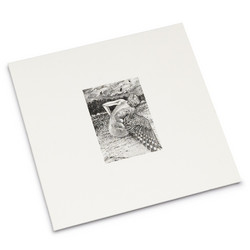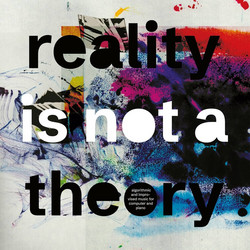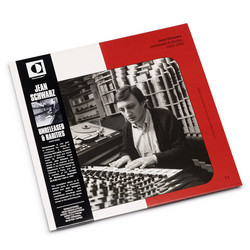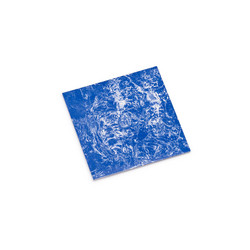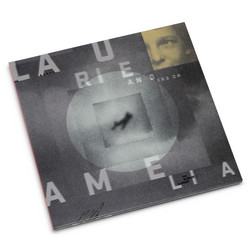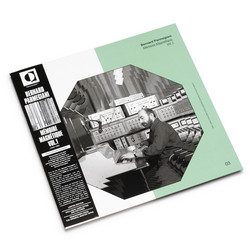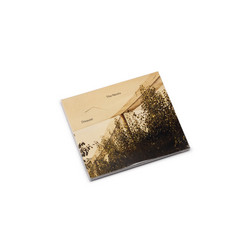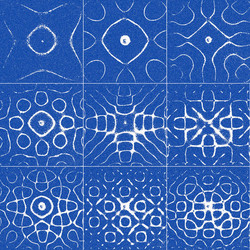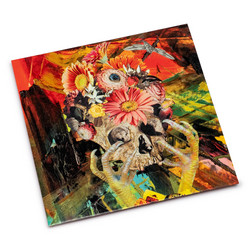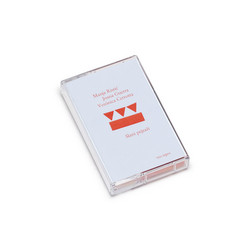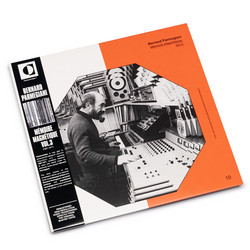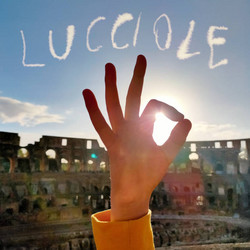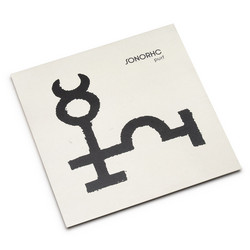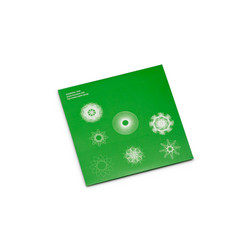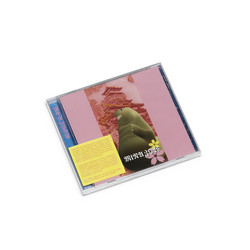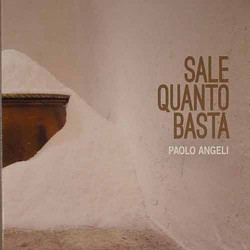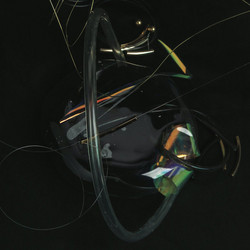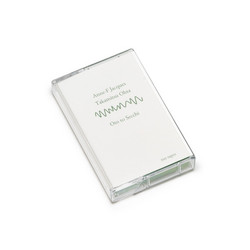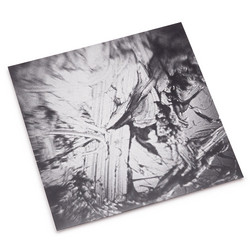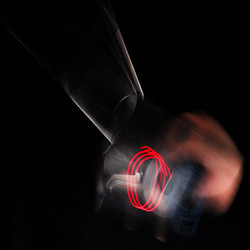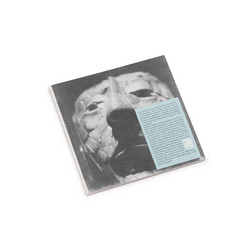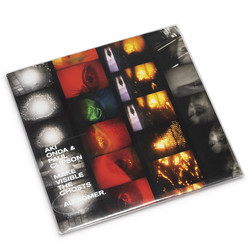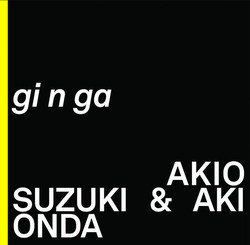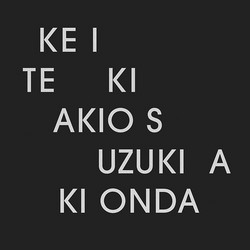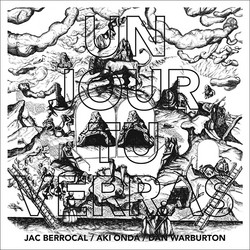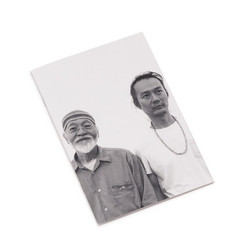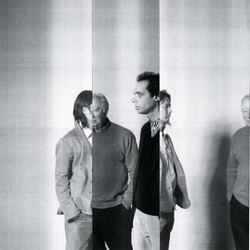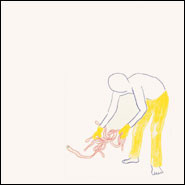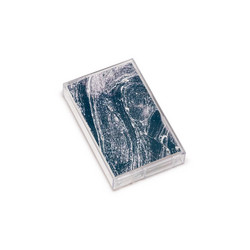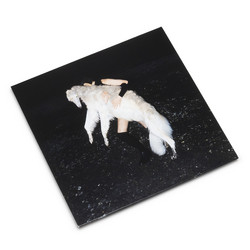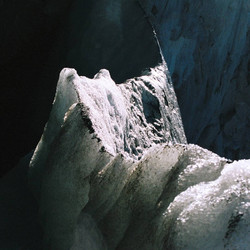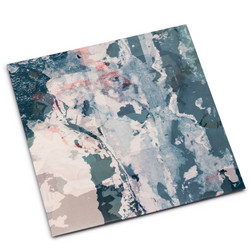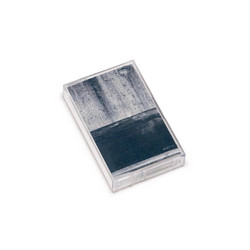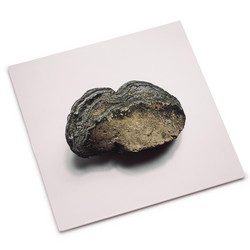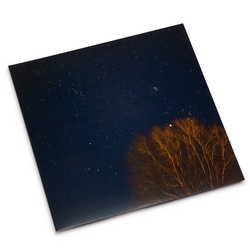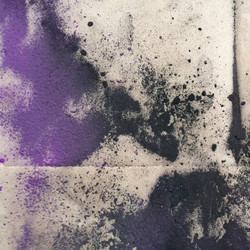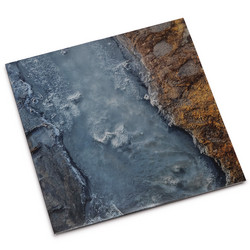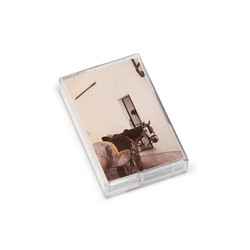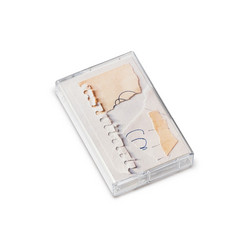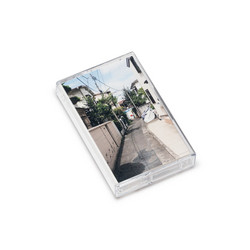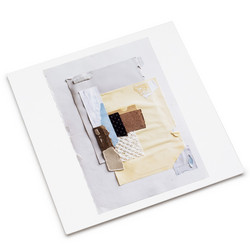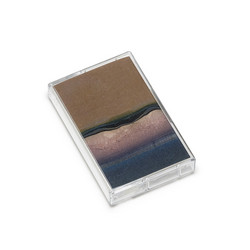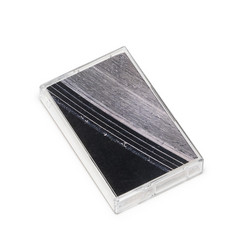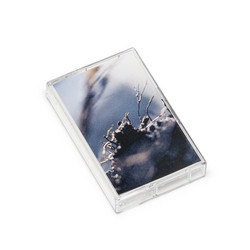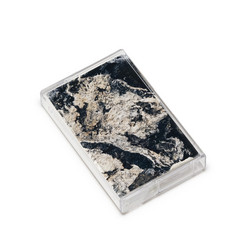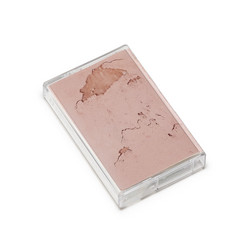*110 copies limited edition* "I recorded these sound fragments between 1998 and 2003 in and around the Lower East Side (LES), an area in New York City that extends roughly from Canal Street up to 14th Street and from the Bowery (3rd Avenue) to the East River. In the formative years of my cassette practice, I had a habit of walking around with my recorder and capturing very short snippets of sound – at times less than a second, as if taking a photo – as well as some longer segments of deep listening. These recordings carved a dense collage on the magnetic tapes, and I am presenting the sounds here with the same editing style as I captured them almost 20 years ago.
Back then, the LES was the place to be. The neighborhood was home to many artists, filmmakers, and musicians, and there was a vibe of genuine bohemian community. A large portion of the area was protected by the Landmarks Commission, and there were many rent-stabilized buildings. Gentrification eventually priced out some of the long-time residents of the LES, who moved to Williamsburg and other parts of Brooklyn, but the rest held on to the rent-stabilized units and have been residing there for decades. Since the 19th century, the area has been inhabited by a succession of immigrant communities, including Italians, Jews, and Puerto Ricans. Toward the East River in Alphabet City (the part of the LES where the avenues are lettered rather than numbered), it was, and still is, a largely Latinx community. The mixture of all of these characteristics created a multicultural and low-key atmosphere that was different from any other part of the city.
I spent countless hours at Anthology Film Archives (AFA) on the corner of 2nd Street and Second Ave. In 1998, I became acquainted with one of AFA’s co-founders, Jonas Mekas. I first watched his Reminiscences of a Journey to Lithuania (1972) in Tokyo in the '90s, and Mekas’s work became a strong influence on me, so it was a natural consequence to visit him. AFA was a more chaotic, underground place back then. We would hang out in the basement, where Jonas had a photography studio. A few of his Lithuanian friends occupied the other rooms. Jonas gave me copies of Film Culture magazines, which were excellent resources to trace film history. We would have lunch at an Italian restaurant nearby and end up stopping by the trashy Mars Bar on the corner of 1st Street and Second Ave, which was almost like an extension of Jonas's office. With free access to AFA’s screenings, I absorbed the essence of avant-garde cinema. My favorites were: William Klein's Muhammad Ali the Greatest (1969); Ken Jacobs's Blonde Cobra (1963); Michael Snow’s Rameau’s Nephew by Diderot (1974); Harry Smith's Mahagonny (1980) and Heaven and Earth Magic (1962); Bruce Conner’s The White Rose (1965); Milton Moses Ginsberg's Coming Apart (1969); Béla Tarr’s The Outsider (1981), and so on. Immersing myself in cinema’s mixture of visual and sound became a powerful accumulation of experiences that bled into my work. I often taped the soundtracks, and those cassettes became a way to study filmmakers' approaches to sounds.
So, these are not just environmental sounds nor are they aural documentation of my personal life. My field recording practice is a tool to connect me to the history, culture, and psyche of the LES, which exists as much in the realm of the imagination as it does in the coordinates of topology." - Aki Onda
